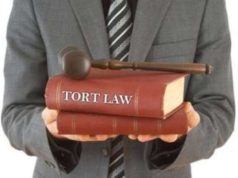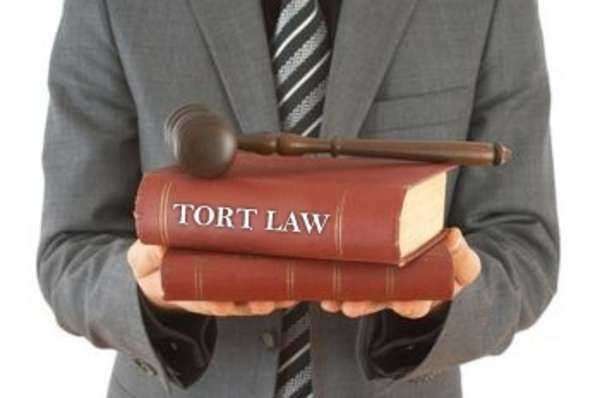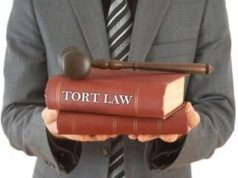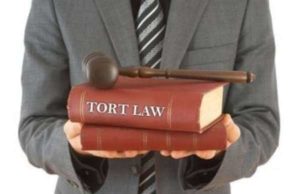
The institution of such a statute did not prevent the occurrences of injuries, however, and only existed in keeping employers from being pursued. One exception did exist, however. It was stated that if the employer was previously informed of the employee-at-fault’s previous history of careless behavior, and did not take any appropriate action against them, then the employer would finally be liable for such an injury.
Despite this, however, there still left the question of who exactly would testify to prove such serious accusation. This may be the reason why this rule concerning servants came to be grouped under the heading of “the 3 wicked sisters of common law,” which also included “contributory negligence” and “assumption of risk.”
Change arrived, however, with the advent of the 20th century. Courts began to employ exceptions to the rule such as allowing suits to be filed against co-workers or “fellow servants” who were the supervisor as well as made this law only specific to instances in which the employees worked in the exact same department. Congress began to pass various new laws as well. The “Federal Employers’ Liability Act” was instituted to provide a voice for railroad workers.
In addition, “workers’ compensation” statutes sprouted up everywhere to make it so that employees were guaranteed restitution for any injuries or illnesses they may have acquired while at their place of employment. As we have seen, then, previous laws made it difficult for servants/employees to seek adequate compensation due to rigid and not well thought out negligent law.
It is hoped that, now, with the advent of increasingly protective legislature concerning the workforce, that incidents of mistreatment of unfair conditions will be a thing of the past. This will be a slow process, however, as groups on both sides of the debate still contain individuals who look to cheat the legal system in any way possible.





















